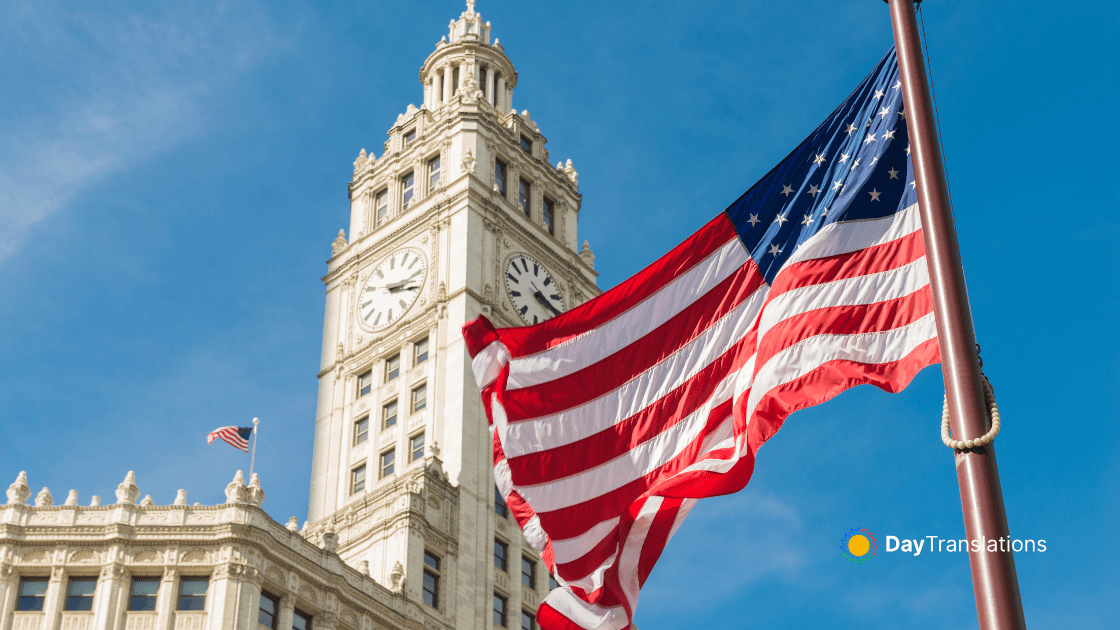Information about the Brazilian Flag: Colors and Meaning of the Flag of Brazil
In this Country Profile
The flag of Brazil consists of an overall green background on which a large yellow rhombus, diamond is centered. It encloses a night-blue, star-studded Southern Hemisphere sky. The sky depicts 27 white, five-pointed stars (one for each state and the Federal District). The motto Ordem e Progresso (“Order and Progress”) is inscribed in capital letters inside the band.
:: Meaning of the Brazilian Flag ::
The stars are arranged in the pattern of the night sky over Rio de Janeiro on November 15, 1889 (this is the date when the last Emperor of Brazil, Dom Pedro II, was deposed, and the republic was proclaimed). The stars of the Brazilian Flag includes the constellations of Southern Cross (also called Crux), Scorpius, Canis Major, Hydra, Polaris Australis etc. The colors on the Brazilian flag represent the following: yellow – the Brazilian gold reserves, Brazil’s mineral wealth and green symbolizes the Amazon Rainforest, the Atlantic Jungle.
:: Meaning of the Brazilian Coat of Arms ::
The Coat of arms of Brazil was created in November 19, 1889, four days after Brazil was proclaimes as republic and consists of the central emblem surrounded by coffee (left) and tobacco (right) branches, which were important crops in Brazil at that time. The blue circle in the center encloses the Southern Cross (Crux). The ring of 27 stars around it represents Brazil’s 26 states and 1 federal district. The blue ribbon contains the official name of Brazil (República Federativa do Brasil — Federative Republic of Brazil) in its first line. In the second line, the date of the federative republic’s establishment (November 15, 1889) is written.

Sorry, the comment form is closed at this time.